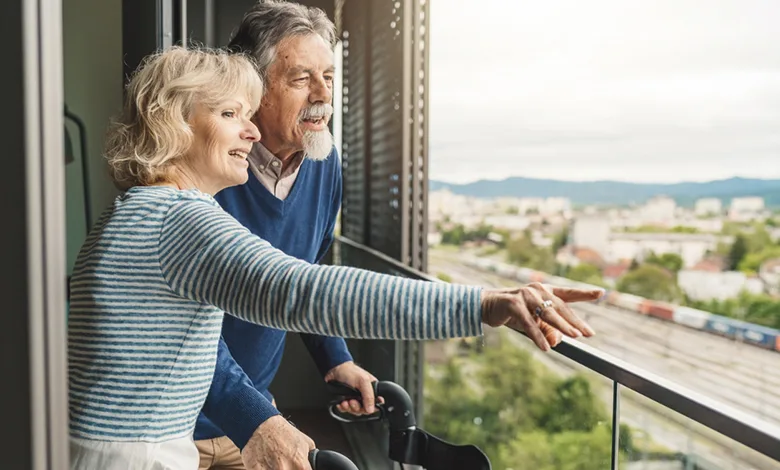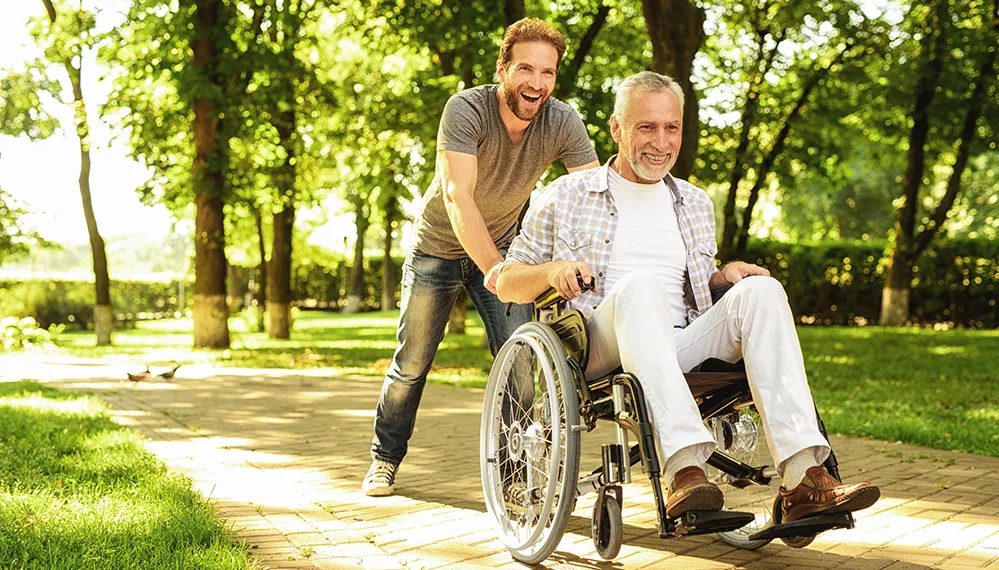
Travel evokes thoughts of freedom and adventure, a chance to explore new locations and create lasting memories. However, for caregivers and travel companions of seniors with mobility impairments, the prospect of adventurous vacations might seem more daunting than delightful.
Navigating with ambulatory support tools, such as canes, walkers, wheelchairs, or battery-powered scooters, may conjure up images of bulky equipment and destinations that seem off-limits. Individuals with limited mobility might worry about being a burden or hindering their family’s activities.
These common misgivings cause caregivers and their loved ones to second-guess leisure activities. Yet, with over 53 million family caregivers in the U.S., as reported by AARP in 2020, you’re not alone in this journey. I am part of this community and understand firsthand the importance of being prepared for my loved ones’ needs, whether they arise from illness, injury, or aging. Family caregivers approach mobility challenges daily with courage and love, skillfully utilizing proven strategies, knowledge, and situational awareness to ensure the best care.
Planning Is Key for Those Traveling with Mobility Impairments.
Mobility aids, when used as integral tools for independence and accessibility, enable everyone involved to enjoy stress-free travel experiences. With proper education and a few tips at your disposal, you can convert daunting travel challenges into memorable and enriching days.
Tips to Overcome Travel Anxiety
Preparation is a cornerstone for any stress-free trip for seniors experiencing mobility issues:
- A daily itinerary allows extra time for transfer between locations and balances active movement with rest breaks.
- Apps such as MyTherapy and Medisafe help track prescription medications, supplements, and daily medical routines. These scheduled reminder systems bring peace of mind.
- Smart luggage choices, such as 360-degree wheeled bags and well-organized backpacks, keep your essentials accessible and your hands unencumbered.
- Collapsible water bottles help ensure hydration on travel days.
- Before your trip, simulate various activities and situations. For example, practice how to offer physical assistance for transferring in and out of vehicles, which can be challenging with mobility constraints. Imagine navigating crowded spaces like airports, train terminals, or tourist attractions using a walker or wheelchair. Consider obstacles you might encounter, like narrow doorways or uneven surfaces. This mental and physical rehearsal prepares you to handle each situation and increases your confidence until these skills become automatic routines.
Travel Gadgets You’ll Love
Traveling with mobility issues is easier and more enjoyable with the right gadgets. A rubber doorstop, for example, can prop doors open while you transfer wheelchairs, people, and luggage through entrances.
Invest in an inflatable pillow and lightweight blanket for comfort during long journeys. Reusable thermal gel packs, heated or cooled as needed, soothe aching muscles after a long car ride or flight. Lastly, small LED night lights make evening navigation more manageable and safer in unfamiliar spaces.
Purchase tools that elevate your travel experience, ensuring greater independence and well-being.

Navigating Day Trips to Big Adventures
Brief day trips and longer explorations are heartwarming paths to discovering new joys and deepening connections, regardless of age or health challenges. If you’re still navigating the nuances of travel with a loved one, start with a simple day trip.
Short trips are an excellent opportunity to refine your travel checklist. Ensure your day-trip tote bag includes basic first-aid items, necessary medications, and snacks. Short excursions are valuable learning experiences to fine-tune your packing strategies. With every trip, you’ll grow more adept at handling various environments and unexpected situations.
Once you’re comfortable with day trips, arrange an overnight stay. For overnight trips, consider additional necessities such as extra clothing, personal care items, and perhaps a larger supply of medications. Research your accommodations in advance to understand accessibility features and amenities. Thoughtful planning will ensure you have everything you need for a good night’s sleep away from home.
During a recent trip, my husband relied frequently on wheelchairs and other physical support devices. He said travel can be stressful, but mobility aids and caregiver assistance made his experience much easier.
Initial hesitations transform into enthusiasm as your outings extend from day trips to overnight stays and, eventually, longer journeys. Each trip is a step towards more ambitious getaways.
Everyone benefits when we master the art of traveling with mobility aids. Book your next vacation trip today and discover accessible adventures filled with joy, gratitude, and unforgettable moments. Together.






